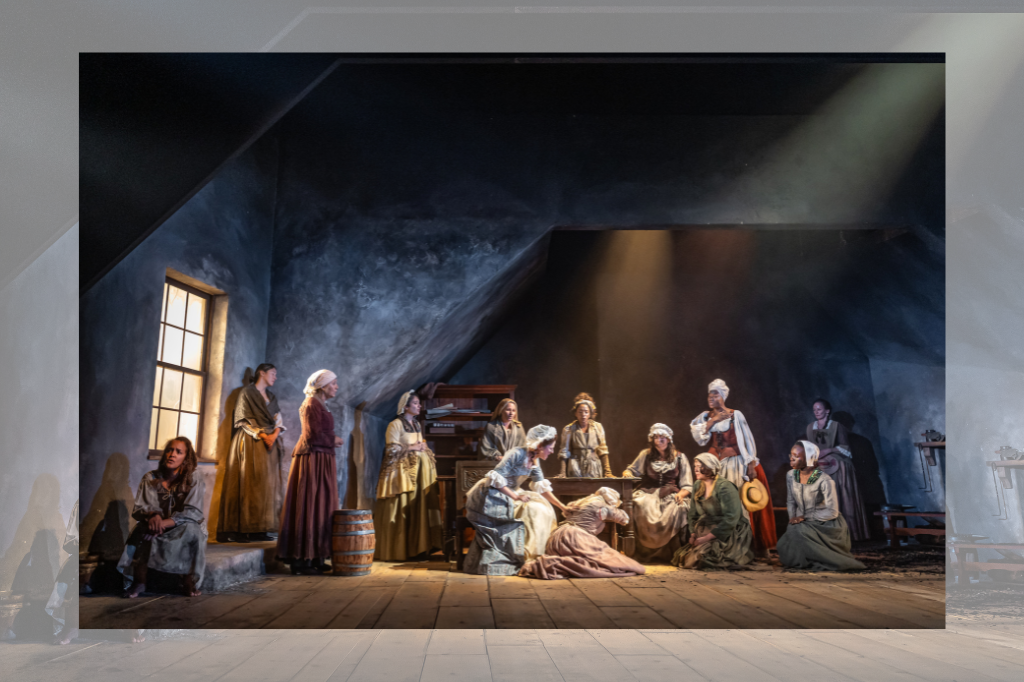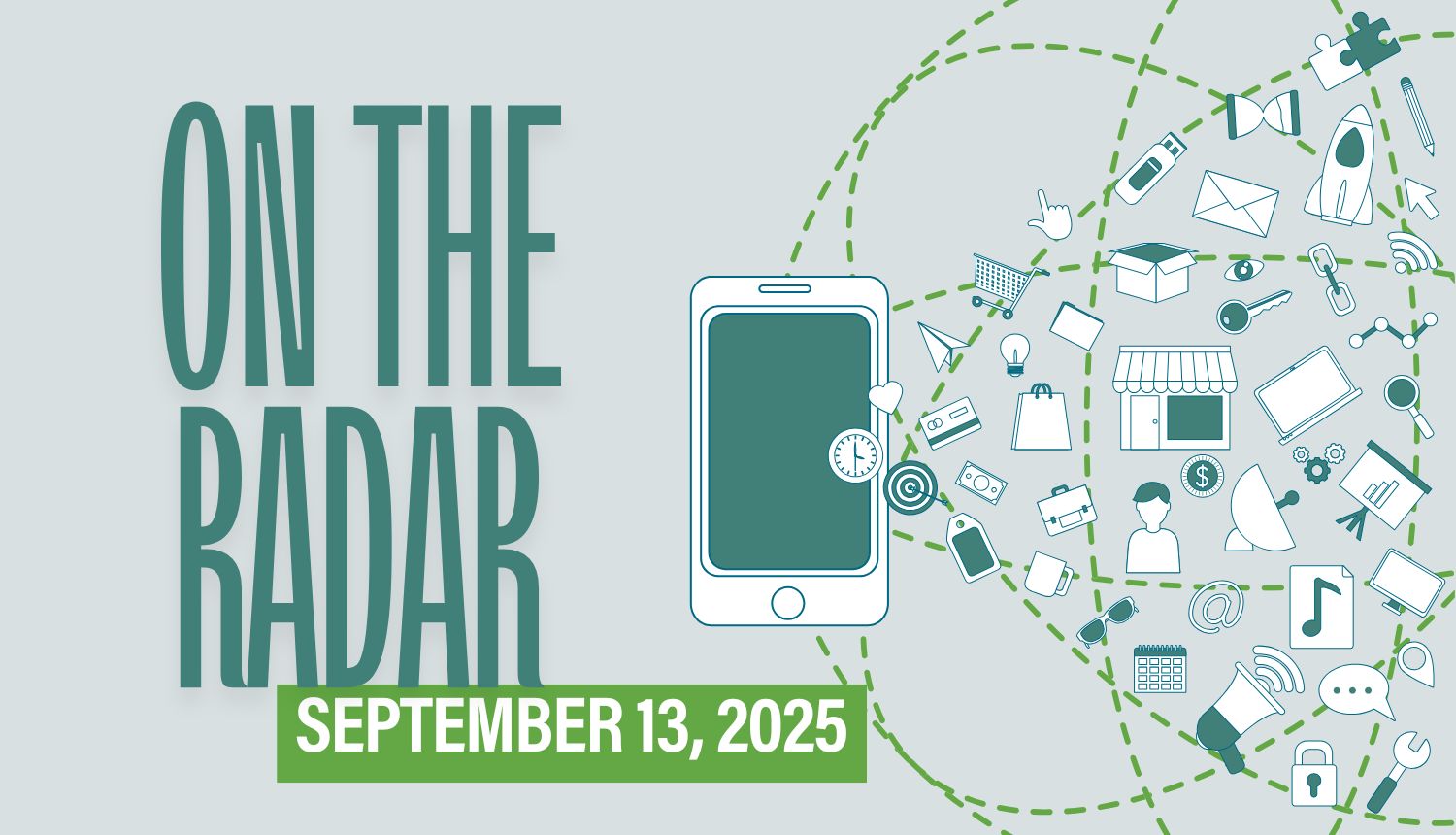“Can we just disband the Seoul Foundation for the Arts and Culture entirely and start over?” A ripple of supportive chuckles spread through the audience following this comment at a recently organized public forum. This remark was made from the floor in response to discussions about the radical changes needed to revive TheatreIn (연극in; Yeongeugin), an online theatre journal recently forced to shut down by its funder, the Seoul Foundation for the Arts and Culture (the Foundation). While the question was deliberately flippant and received as such, it also pointed to a deeper, longstanding frustration within the South Korean arts sector: its heavy dependence on government support and public funding, and the urgent question of how to reimagine publicness as a truly pluralistic and radical idea, one that is not automatically equated with statecraft.
On June 5, 2025, TheatreIn, an online theatre criticism journal active since 2012, announced its suspension following a decision made by the Foundation, a subsidiary of the Seoul Metropolitan Government. News of the journal’s de facto closure sent shockwaves through the wider community of theatre practitioners, educators, and researchers, as well as those in adjacent artistic fields. In response, an emergency task force, comprising current and former chief editors, editorial board members, and notable contributors, mobilized to demand that the Foundation rescind its decision. The group is calling for the restoration of the journal’s public function through open dialogue and a platform relaunch. As of July 3, 2025, the task force’s public petition on social media has gathered over 2000 signatures, including artists, researchers, educators, audience members, and even a few Foundation employees, one of whom signed anonymously as “A concerned civil servant at the Foundation.” TheatreIn’s suspension follows the earlier shutdown of DanceIn, a dance criticism journal administered by the Foundation, in 2022.
In a concerted effort to address the issue, the task force organized the 11th iteration of the Daehangno X Forum on June 30, 2025, held at Theatre Square in the ArKo Daehangno Theatre. [1] There, presenters and attendees addressed a range of issues shaping the current situation, including the contested nature of publicness in arts platforms, the political volatility of South Korean cultural policy, and the critical role of platforms like TheatreIn for the theatre community. Under the title “No One Should Destroy the Public Asset Created by the Field and the Public: Implications of the Suspension of TheatreIn,” five speakers (former TheatreIn editor Yeh Jun-mi, non-profit Cultural Action’s executive director Kim Jae-sang, former DanceIn editorial board member Cho Hyeongbin, former Seoul Arts Space Seogyo steering committee member Jeong Moon-sik, and contemporary circus group Code Sassy member and street theatre artist Kwon Hae-won) spoke about public funding and shared case studies of arts organizations affected by restructuring policies enacted by both city and national governments. Their talks were followed by a lively two-hour discussion among attendees, many of whom were theatre practitioners, critics, organizers, and researchers. The forum concluded with the task force’s renewed pledge to continue fighting for the revival of TheatreIn, while urging the Foundation and its director, Song Hyeong-jong, to engage in dialogue to seek a resolution that serves both TheatreIn and the Foundation.

(c)Lee Seoyeom
Why does TheatreIn’s closure matter so deeply to the community? The issue is multivalent and requires unpacking in various political-economic, sociocultural aspects. Primarily, for many presenters and attendees at the forum, TheatreIn’s closure felt like a nail in the coffin regarding the rapidly shrinking public space of discourse for inclusivity and diversity in Korean theatre. The online magazine fostered a unique form of public engagement by publishing roundtable discussions among theatre makers, essays, reviews, and editorials on issues such as work environment safety, hierarchical relationships, MeToo, climate change, and the lack of representation of actors with disabilities. Such topics had been typically overlooked by mainstream news outlets and theatre magazines, which tend to focus on large-scale commercial productions and well-known actors. As such, the platform was able to extend its reach to young, contingent, and precarious members of the theatre community, calling attention to the everyday challenges they face. In other words, TheatreIn’s significance, as understood by the theatre community, lies in its role in restoring and safeguarding the non-profit, democratic values of publicness, which many see as being undermined by the Foundation’s decision to shut it down.
At a deeper level, the participants at the forum considered TheatreIn to be one of the last remaining discursive spaces for the unheard voices of young, contingent, minoritarian, and experimental theatre artists and critics, who find themselves constantly battling with institutions as well as those in power over the contested meanings of publicness (or gonggongseong in Korean). This contestation is compounded by the fact that government bodies like the Foundation do not explicitly advocate for deregulating, privatizing, or reducing the role of public cultural spaces. Rather, they frame their actions as efforts to enhance publicness in what they claim are spaces belonging to all citizens. Extending beyond mere austerity measures linked to administrative change, such claims reflect a universalist and populist understanding that fails to account for the hierarchical relations tied to the concept and practice of publicness.
To this, Jeong Moon-sik, a former steering committee member of the now-defunct Art Space Seogyo, noted that a similar pattern had already affected numerous art organizations, including Art Space Seogyo. Originally established in 2009 as a publicly funded yet independent space, Art Space Seogyo’s ownership was fully transferred to the Mapo District Office in Seoul in 2022. Jeong pointed out that government officials have “tried to control and manage [civic, independent, and experimental arts] by weaponizing publicness [gonggongseong],” even as the arts sector continues to struggle amid ongoing crises. [2] Cho Hyeongbin, a former editorial board member of DanceIn, a critical dance journal also shut down by the Foundation in 2022, added that the Foundation cited the platform’s “low view numbers” as evidence that it was failing to reach “the general audience of the dance community.” [3]


(c)Lee Seoyeom
In other words, TheatreIn was simply treated as one of hundreds of projects (saeop) or “business” models funded by the Foundation that supposedly prioritizes broad audience reach to develop a consumer base. In this formulation, TheatreIn’s progressive social agenda, which emphasized labor rights, protections against sexual violence, disability, queer, and feminist politics in theatre, and support for small-scale, independent, and experimental productions, are not considered universal enough. A case in point is TheatreIn’s articles focusing on feminist theatre, which frequently drew misogynistic comments from certain readers (the comment section to the posts on TheatreIn is open and accessible to the public) who attacked representations of queer/feminist theatre practices for being narrow, one-sided, or excessively niche. These responses are frequently cited by funding bodies as evidence that critical platforms like TheatreIn fail to engage with the wider public. Conflict over TheatreIn’s publicness not only highlights the efforts of such platforms to address deeper, longstanding issues of gender politics that have been inherent to Korean theatre for decades; they also raise questions of who gets to represent the universal public given the persistence of highly uneven power dynamics within the theatre community.
Underlying the Foundation’s equation of publicness with broadening audience reach is the assumption that theatre should function as a universal, depoliticized artform stripped of its internal dissensus. Instead of fostering critical discourse, this approach seeks to feed sanitized information about theatre productions to a seemingly ignorant and passive public, implicitly reinforcing a top-down model of the art-audience relationship. In this relationship, audience members are treated as tax-paying citizens at the receiving end of a public service, while artists and critics involved in public “business” projects like TheatreIn are cast as service providers.
This notion of publicness is epitomized in the Foundation’s new web portal titled the “Seoul Portal of Approved & Curated” (SPAC), recently launched on July 18, 2025, which is intended to provide information about the arts and serve as a replacement for TheatreIn. This plan was widely condemned during the forum. While the proposed web portal purports to broaden support for the arts by improving communication between artists and citizens, this model obfuscates shared participation in shaping a public sphere, both from the artists’ and the audience’s side, by reducing cultural engagement to the delivery of utilitarian “information” through a “web portal,” devoid of critical framing. As many of the speakers and attendees pointed out, the information would also be filtered through the Foundation to ensure it is “approved” and “certified,” further distancing it from open, democratic discourse. There were concerns that, in the worst case, this would become a form of censorship.
In addition, attendees pointed out that control over definitions of publicness is exacerbated by ground level institutional governance like unstable hiring practices and employment precarity, including the constant turnover of staff (who are often highly educated but young, contingent, and sometimes employed on short-term contracts). The challenges faced by these staff members, lacking institutional memory, knowledge, and experiences (in part because they often leave their demanding positions quickly), reflect the precarious job conditions in the arts sector. These cultural workers at the Foundation and other government arts institutions have little to no control over the fiscal and structural decisions made by upper-level administrators, once again leaving artists to fend for themselves.
Other attendees called for a more creative, radical, and collective approach to what many described as a hopelessly deadlocked situation in which representatives of the Foundation and other, similar institutions have consistently refused to engage in open dialogue. While participants in the forum broadly recognized that achieving complete financial and operational autonomy from public funding bodies is neither realistic nor productive, there was still an urgent call to reconsider what we mean by “the public” and how those in the field of theatre should reconceptualize what constitutes a public “asset,” including the archival materials and publications produced by TheatreIn.
Overall, the forum, as well as the fate of the magazine, point to the larger, more troubling trend of ideologically motivated restructuring tied to growing austerity measures by right wing-leaning city and national governments—measures that have increasingly targeted the arts sector in recent years. Deep budget cuts between 2022 and 2024, such as the 86% reduction in funding for public school arts education and a 3.4 billion KRW (approximately 2.5 million USD) cut to the Ministry of Culture, Sports and Tourism’s foundational arts grant, have disproportionately affected the livelihood and practices of the most vulnerable members of the community, including part-time theatre instructors and independent theatre makers. These budget cuts, once again, are the outcome of the perception that the arts should function as public service and commodities, which implies that the preservation of the arts is contingent upon their profitability, however oxymoronic that may sound. This informs the never-ending quandary of public-facing art criticism and practice in South Korea, which remain highly vulnerable to shifts in the arts and cultural policy brought about by ideologically-driven administrative transitions. These changes raise fundamental questions about who owns public spaces for the arts, both online and offline, and for whom these spaces truly exist.
These questions point to a longer history of arts policy and the public sphere in South Korea, where publicness has been equated with the state itself and measured through government-funded businesses and projects that require—in the language of business administration—quantifiable deliverables and outcomes such as growth in website view counts. Within this framework, rather than embracing a pluralistic understanding of gonggongseong (publicness), the government-led, business model of public (gonggong) clashes with artists’ vision of the public that privileges a non-governmental space (mingan) where praxis – the field – unfolds as an independent, autonomous mode of creative and critical activity, distinct from state-driven cultural production.


(c)Lee Seoyeom
These broader contexts and history, which the forum participants and attendees eventually addressed as one of the root causes for cases like TheatreIn’s closure, will ultimately require a more radical understanding of the public-private dichotomy and a rethinking of what, and who, constitutes a public sphere. In other words, this fight is about diversifying our understanding of the public and publicness beyond the limiting dynamic between cultural practitioners and state funding bodies as the key participants in the public sphere of Korean theatre. For instance, calling intellectuals—who have been often complicit in building a toxic culture of hierarchy and gatekeeping in Korean theatre—to strengthen their critical, self-reflective engagement in interrogating, theorizing, and generating public discourse around these paralyzing structural conditions could shift the direction of what may be seen as a dead-end conversation about publicness. There is a pressing need to question and diversify just exactly who and what counts as “the public” and who gets to produce knowledge of it. Perhaps this critical rethinking is the true beginning of the difficult battle that TheatreIn has come to symbolize.
NOTES
[1] The Daehangno X Forum is a public commons project that organizes a series of town hall-style discussion sessions open to anyone interested in issues affecting the theatre community. The project was first initiated in 2015 by theatre critics, curators, and practitioners in response to major crises: the Park Geun-hye administration’s censorship of the arts (widely known as the Blacklist Scandal) and the widespread revelations of sexual violence within the theatre community, which later galvanized the Theatre MeToo movement.
[2] Jeong Moon-sik, 2025, “The Case of Art Space Seogyo: From a Public-Private Governance Model to a Disappeared Mirage,” Daehangno X Forum Program Book, 23.
[3] Cho Hyeongbin, 2025, “The Case of DanceIn,” Daehangno X Forum Program Book, 20.
This post was written by the author in their personal capacity.The opinions expressed in this article are the author’s own and do not reflect the view of The Theatre Times, their staff or collaborators.
This post was written by Soo Ryon Yoon.
The views expressed here belong to the author and do not necessarily reflect our views and opinions.















